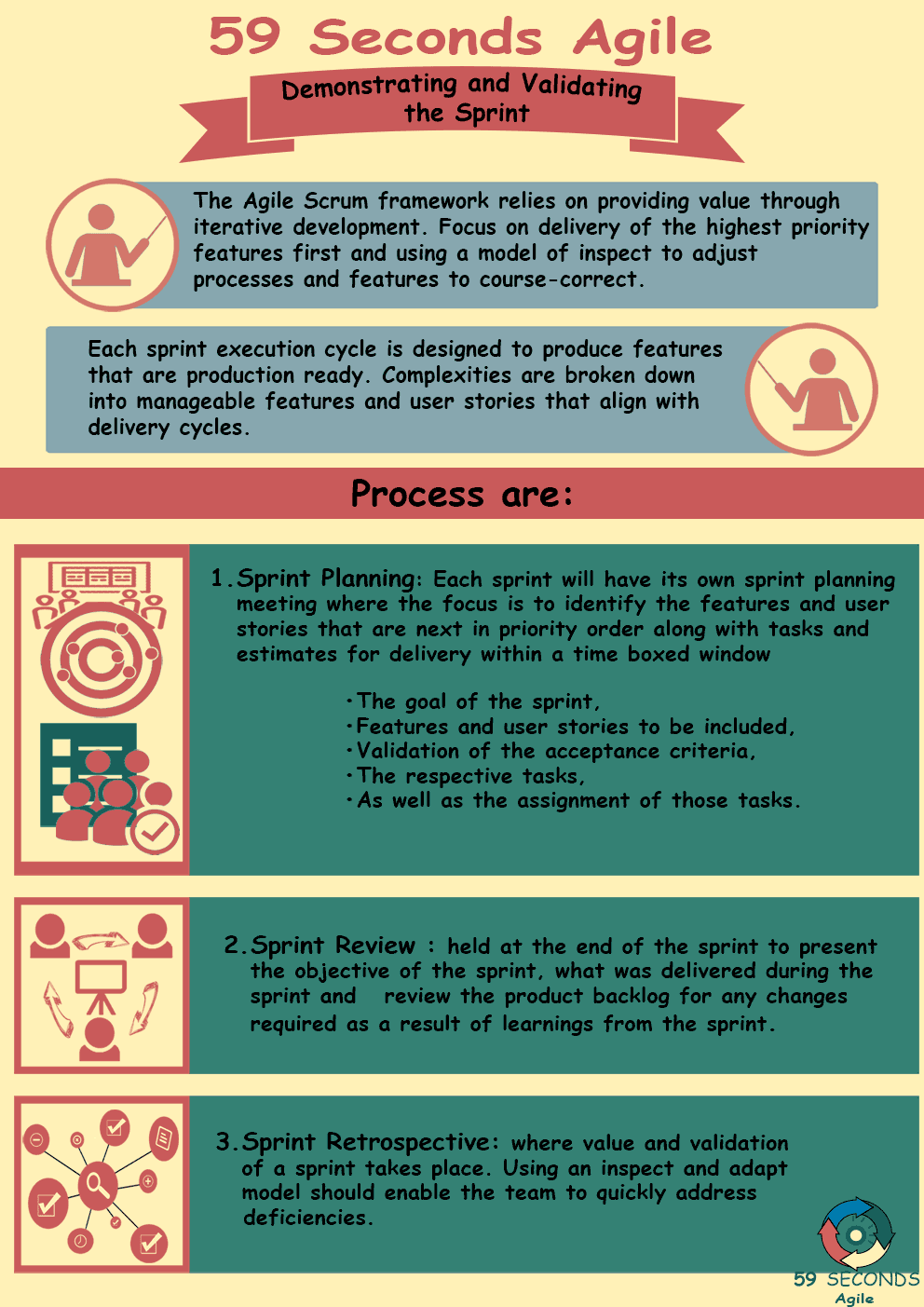
Demonstrating And Validating The Sprint For Product Owners – Part 2
Releasing the Product
Actually releasing the product to a selection of individuals can further help bring out the feedback needed for validating the Sprint. Since the product is in its target environment, the team can use analytics and get feedback on the usage of the product. Again, the team won’t be able to explain the product to the users, who will have to figure out the end-to-end process of the system, from downloading and installing, to getting the end result of the product.
Using this approach to validate the product can take time. The team will need to reach a certain number of users and a certain amount of feedback before drawing up conclusions as to what’s working and what can be improved. However, the input taken from releasing the product is valuable because feedback can be received in real-time.

Discussing Progress
Aside from getting feedback on the current state of the product, it’s also important to discuss how it’s progressed compared to the plan. Keeping stakeholders in the loop on the budget and schedule will help everyone determine the next steps to take.
This is where the Burndown Chart can come in handy because it visualizes the overall work done compared to the remaining work. It helps everyone understand the trend in what work can be finished over time, and what needs to be prioritized in the upcoming Sprints to ensure that value is maximized.
Our Favourite Agile Books
We found these books great for finding out more information on Agile Scrum:
Involving the Right People
Regardless of what approach is taken in demonstrating and validating the Sprint and the product, it’s important to involve key stakeholders in validating the product increment, as the wrong people can only result to missing the feedback the Scrum Team needs. The right people are often those who have the biggest interest in the product. Depending on the organizational structure, they could be from marketing, sales, or support. They could also be the project sponsors and executives who requested for the product to be made.
No matter who the product is being demonstrated to and tested with, it would be helpful to remember that user feedback is more valuable than stakeholder feedback. In the end, the product is made for the users, and users dictate the success of the product. Therefore, as a Product Owner, there should be some care on what will be added to the Product Backlog.
Demonstrating and validating the Sprint are important activities in Scrum. The value of the product increment cannot be realized until the users and customers have seen it. Collaborating with them will determine the best way to go about collecting and using feedback for the product.

